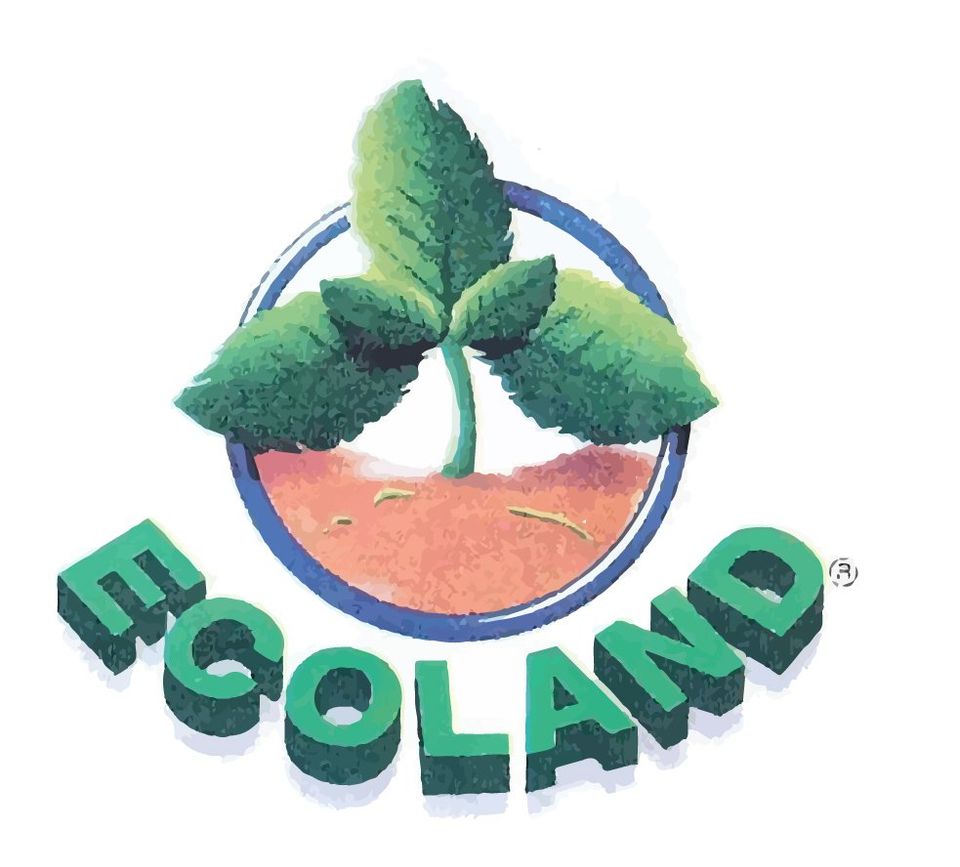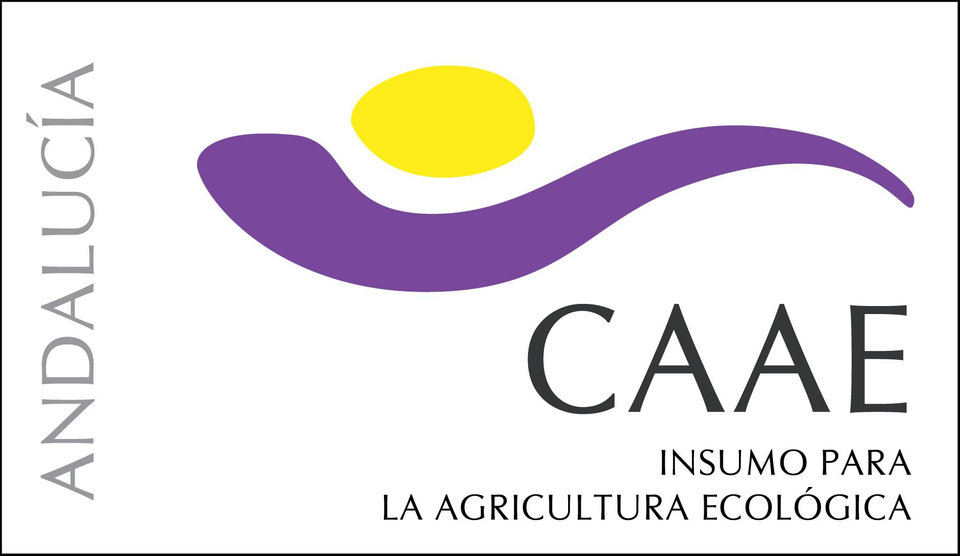DATA SHEET GUANO DE MURCIÉLAGO "ECOLAND"
Go to the store
Product description
Ecoland is more than just a Natural fertilizer, it contains primary elements Phosphorus, Nitrogen and Potassium (NPK), secondary elements Magnesium, Calcium, and micronutrients such as Iron, Copper, Cobalt Zinc, Boron, and a high percentage of organic matter, but above all this, the great microbial flora that accompanies it makes it the best, and incomparable organic organic fertilizer. It is odorless.
Ecoland is a Fertilizer that can be used in organic farming. Certified by the CAAE Certificate No. 21004
Natural properties of Ecoland (Bat Guano)
Bat guano contains NPK of organic origin.
• It bears a large micro flora composed of fungi, actinomycete and beneficial bacteria for the development of the plant and especially for the regeneration of the soil and its biological balance.
• It has nematicidal action, since it attacks the primary phases of the development of nematodes and reduces the degree of infestation. As it protects the radicular system of plants, it increases the nutrition of these and in turn the defenses of the same against diseases and pests.
• Increase cation exchange of soil by increasing the availability of nutrients that plants need
Most of the nutrients contained in bat guano are in the form of chelate, organomineral compounds in a natural way that produces a long residual effect in the soil.
Characteristics of bat guano as a soil improver.
Bat guano is an excellent soil and substrate enhancer because it activates
The microbiological processes of the soil, improving its structure, aeration and moisture retention capacity.
It acts as a regulator of soil temperature, and supplies products of organic decomposition.
It represents a source of slow and uniform supply of organic Nitrogen and other compounds, favorable influence on the protein content of plants.
It has a wide range of chelates that give the guano a great structural stability and high residual effect on the soil or substrate where it is applied, that is, it keeps improving the soil for a long period of time like no other chemical or natural fertilizer, improving the properties of the soil in each application year after year.
It has a rich microbial flora and growth stimulating substances, beneficial to soils and crops, which contribute to the enrichment of the biological activity of degraded soils, restoring its original conditions in a short time.
Organic matter (humus) +, which provides bat guano to soils, contains a considerable potential energy, of which a large proportion is easily transferable to other latent forms or is released in the form of heat.
It facilitates the respiration of the roots due to the presence of oxyquinones in the smoky macromolecule. Oxyquinones are good proton receptors and thus help the plant to withstand anaerobic conditions (absence of oxygen), temporary in the soil, as in the case of flooded soil. The nutrients of humus are very slow release. During the first year organic nitrogen is released by 35% and phosphorus and potassium by 70%. Hence, they take better advantage than nutrients from chemical fertilizers.
It is also an excellent organic improver, for soils laden with salts and whose pH is greater than 7
As a detail of great agronomic and economic interest, bat guano is also recognized as controlling the assimilation of phosphorus (P2O5). This is of great importance for the use of soil phosphorus and to avoid reversion in alkaline soils, which contributes to the phosphorus economy. But the most important thing is that one unit of organic phosphorus is equivalent to 8 units of mineral phosphorus, according to its coefficient of use
The humus of bat guano can also act as a reducing oxidation agent, as well as an acid-base buffer. It has long been known that humic material absorbs clay particles or can be absorbed by them. The absorption of humus by the clay induces the formation of mixed clay-humus micelles in which the majority of the clay particles have a fairly defined orientation. This humus is amorphous, so it participates in a variety of chemical processes in the soil.
GUARANTEED RICHES
Phosphorus (P2O5) 10.00%
Nitrogen (N) 2.00%
Potassium (K20) 2.00%
Calcium (Ca) 14,01%
Magnesium (Mg) 6.29%
Manganese Mn) 5.70%
Iron (Fe) 0.49%
Copper (Cu) 162mg / kg
Molybdenum (Mo) 20mg / kg
Zinc (Zn) 745mg / kg
Cobalt (Co) 2.1mg / kg
Boron (B) 41.8mg / kg
Organic Matter 15%
PH 6.8
Among others
Dosage and Employment Mode:
Ecoland can be used directly on the soil before or during cultivation or in liquid form, for which we will take 1 liter of warm water for every 100 gr of Ecoland, allowing it to stand for 24 to 48 hours and then adding 4 liters of water. When, due to the size of the farm, it is not viable, it can be added directly to the irrigation system after dissolution and filtering, being suitable for drip irrigation. As soil improver and nematicide we will see in each campaign notable improvements. It can be used in liquid foliar mode.
INTENSIVE AGRICULTURE: Apply 200 G per m2 in every 4 or 6 months or also every three crops (depending on the type of crop and soil conditions)
POTS: 20 gr (1 tablespoon) in one liter of water, every 2 months for pots of approximately 5ltrs of substrate
GARDENS AND ORCHARDS: From 30 to 100 gr per m2 dissolved in the irrigation water preferably (every two or three months and at the beginning of spring and autumn). or 200g per m2 before planting every 6 months.
In agriculture The recommended doses will be given by the needs of Phosphorus (P), being the largest guano, the crop in question. It can be used in both acidic and basic soils. Its use is recommended in the phase of crop growth and flowering
CESPED: 1 Kg every 10m2, (we recommend dissolving in water) is applied directly or mixed in the soil.
CANNABIS: We recommend at the beginning of the crop 100gr per pot (30L) or around the plant and 100gr before flowering.
DRY CROPS: At a rate of 1000 - 2000 kg per ha. At the beginning of the crop or in the previous work.
HYDROPONIC CROPS OF ALL TYPES: Specially indicated for hydroponic recirculation crops where we will apply depending on the usual fertilization taking into account the phosphorus needs of the crop. Very suitable for growing lettuce in all its varieties because of its calcium content. As a general rule, we will apply 5 to 10 grams per liter. In this method of cultivation we are continuously conducting field and laboratory tests so it is advisable to consult on the latest tests For hydroponics in rock wool and others apply in irrigation every 2 weeks at 5-10 gr per liter acting 15 days before flowering .
For other crops consult.
Storage:
The product should be stored in a dry and cool place. In these conditions for an indefinite period, well ventilated, avoiding exposure to the sun.
Precautions:
Do not ingest the product. Avoid contact with eyes and skin and wash after use.



